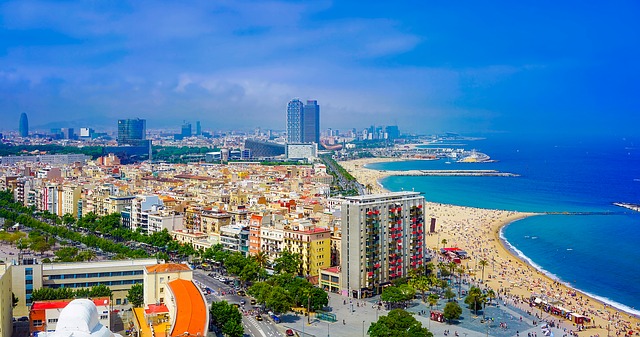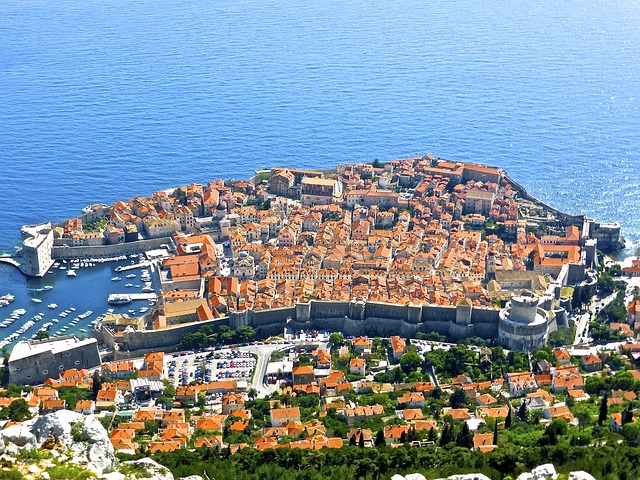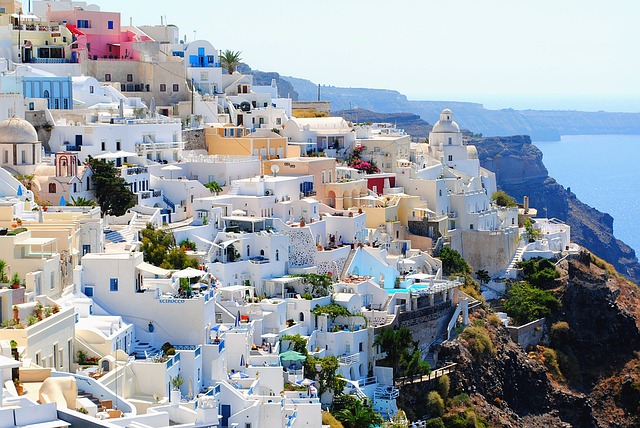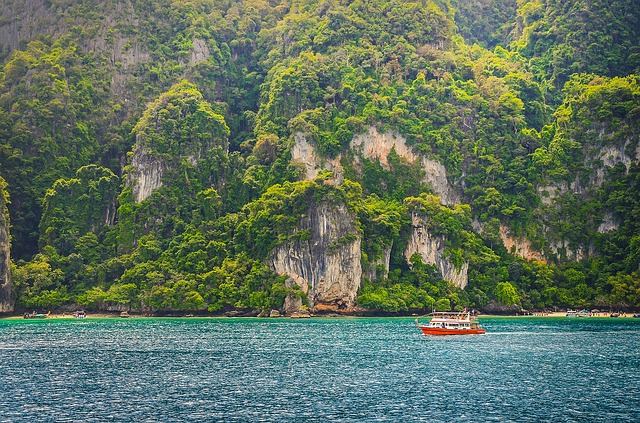Cheap travel is more accessible than ever, couple that with Airbnb maximising the number of places to stay and it is a recipe for disaster as far as locals are concerned. While tourism can help boost the economy it appears that there is a tipping point when the locals themselves can no longer afford to stay, or enjoy the life they once led. Here are a few popular destinations that are capping their tourist numbers, and why they have chosen to.
Barcelona

Image by 12019 CC0
Last year 32 million people visited Barcelona, vastly outnumbering – and irritating – the 1.5 million permanent residents. It isn’t just the drunk and disorderly antics that are causing concern, it is also the rise in apartment bookings, leading to rent hikes which many Barcelonans cannot afford. The fury of the locals has resulted in anti-tourist graffiti, and residents storming the beach area and holding protests along Las Ramblas.
To combat the rise in visitors, and to keep the residents happy, the authorities have introduced a special plan for tourist accommodation. This will limit the number of new hotels spaces (currently at 75,000 beds) that can be introduced, and limit the number of tourist apartments. The latter may be more difficult however as authorities estimate that half of the 100,000 beds available to rent in apartments are actually illegal ones.
Dubrovnik

Image by MemoryCatcher CC0
This beautiful city’s World Heritage Site status is at risk due to extreme overcrowding by tourists. UNESCO requested numbers within the medieval city’s walls to be capped at 8,000 visitors a day after peak times saw in excess of 10,000 people cramming the ramparts. As with Barcelona, such crowding has led to disgruntled locals who have chosen to protest.
Plans put in place include limiting the number of cruise ships that can arrive at the port at any one time, and lowering the limit of visitors to the medieval city even further than UNESCO recommendations to just 4,000 per day. While the Mayor acknowledges that this could see a reduction in revenue to the tune of a million Euros over two years, it should improve the happiness of Dubrovnik’s residents, and also enable the city to retain its World Heritage status.
Mont Blanc

Image by Simon CC0
Overcrowding is becoming such a danger that France recently issued a cap on the number of visitors to the Royal Route of Mont Blanc. While this cap is only temporary, it is something that may come in to play regularly in the future.
The reason for the restriction on numbers is safety and pollution. There are more people than ever attempting the summit, many of whom do not have enough experience, which has led to deaths. There is also the issue of pollution from overcrowding – especially as the shelter at the summit, the Gouter, is frequently exceeding its 120-person capacity. The recent cap was in place for 8 days, and only permitted experienced climbers who already had permits to access the summit.
Santorini

Image by SofiaPapageorge CC0
Two million visitors a year isn’t helping preserve the charm of this idyllic destination, especially when close to half the number of visitors are cruise liner day-trippers adding very little to the local economy.
To combat the impact the Mayor has imposed a limit of just 8,000 tourists per day, but some fear that the overcrowding is also due to a rise in the number of residents. As more tourists arrive on this Greek Island, more people come here to live and work – but the infrastructure isn’t there to support the fastest-rising population in Greece, creating much discontent.
Maya Bay

Image by suyashdixit CC0
For four months this year the idyllic Maya Bay in Thailand is closed to ALL tourists. This has been enforced to allow the surrounding reefs to recover from the impact of 5,000 people a day seeking paradise.
The huge numbers of visitors are down to the success of The Beach, a film about an untouched backpacker paradise. Back then, this bay really was an unspoilt gem, but today it is a far cry from the image in the film. Temporary beach and bay closures has worked well in other Thailand beauty spots, but ideally a permanent closure is what is needed in extreme cases – which has an obvious impact on the much-needed tourist revenue for locals. One compromise could be to have a daily cap on visitors once Maya Bay opens again in September, or at least closing the bay to sightseeing boats, one of the biggest polluters in this part of the world.
